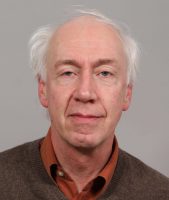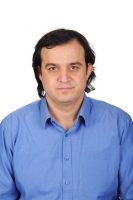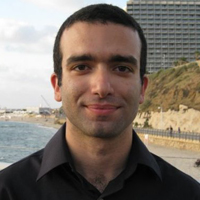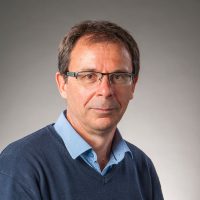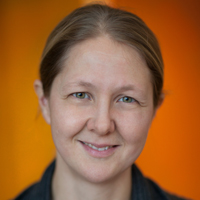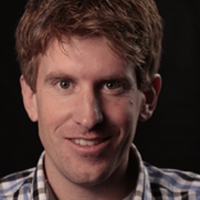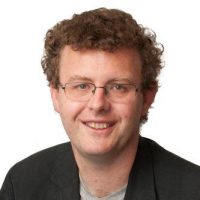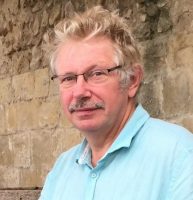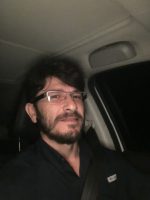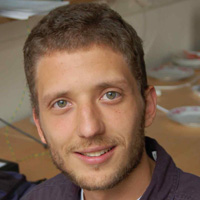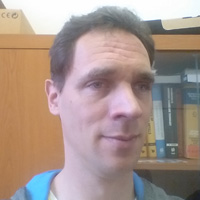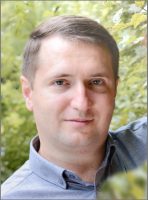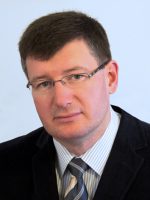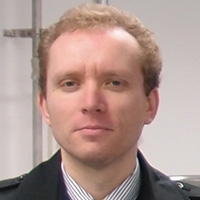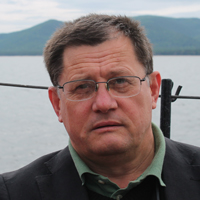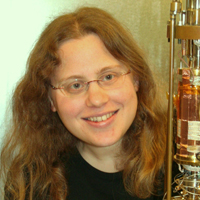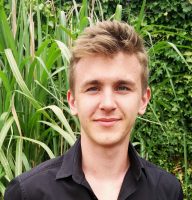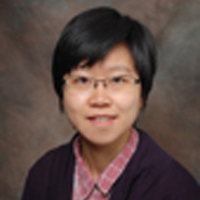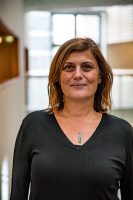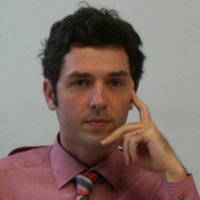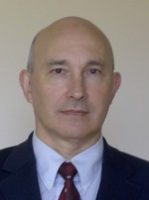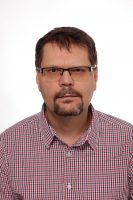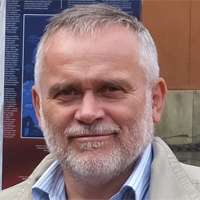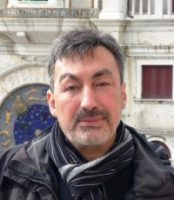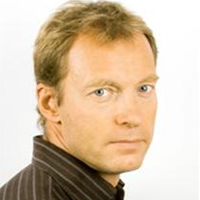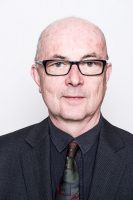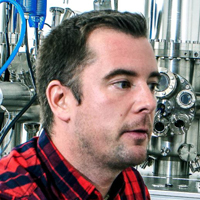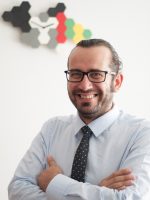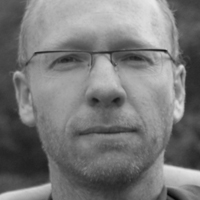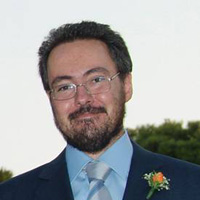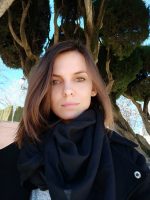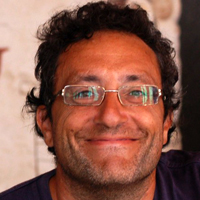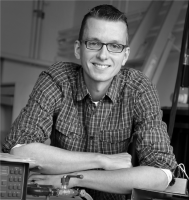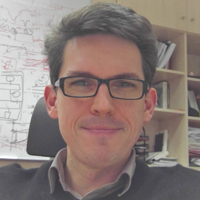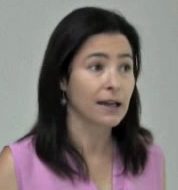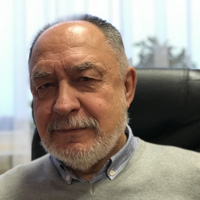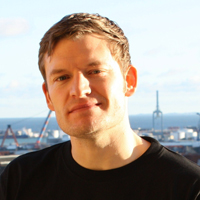NANOCOHYBRI includes experts in the fabrication of junctions, theoreticians that calculate the properties of the localized levels at the junctions and experimentalists able to tune and measure these levels.
Within WG2, we will integrate materials where the Cooper pair wave function has a sign change into devices. An example is the two dimensional electron gas (2DEG) formed at the interface between insulating transition metal oxides LaAlO3 and SrTiO3 (LAO/STO). This system shows many interesting properties, including high-mobility, superconductivity and large tuneable spin-orbit coupling. Many theoretical papers predict the occurrence of unconventional pairing, but the properties of the superconducting state are still largely unexplored experimentally. The interfaces can be integrated in Josephson junctions and SQUID devices, appropriately patterned to design geometries where we can control the phase of the superconducting order parameter of LAO/STO.
We will map superconducting properties in devices using advanced microscopy tools. For example, we will measure a small junction in a flux geometry or with a gate that will make up the knob required to manipulate localized levels and study these, down to atomic scale. This will bring to day new length scales, closer to the Fermi wavelength, into the problem of hybrid superconductivity, and show novel ways of manipulating and coupling these states to the environment.
NANOCOHYBRI will also promote collaborations to understand circuits based on hybrid systems and how to improve their performance. For instance, the discrimination of heating versus phase slip phenomena is still very difficult in many small size systems, yet it is fundamental to improve resolution of the experiments and applications. We will also develop new photon detectors. The way the superconducting condensate acts on nanowires and other nanosized superconducting systems requires fine tuning of the trade-off between photon energy and wavelength (or spatial scale). For instance, THz single-photon detection is possible with quantum dot detectors and extreme THz confinement can be achieved in a microcavity laser based on a planar sub-wavelength resonant circuit.
We will study in detail superconductor/ferromagnet hybrids. For example, we will locally polarize the spins in the F layer by quantum units of flux moving on the S layer. This mutual coupling brings about a series of interesting phenomena such as the damping of flux motion and the associated generation of magnons, or the imprinting of the vortex flux steps into the ferromagnetic layer. In proximity systems with a magnetic metal having strong spin-orbit Rashba interaction, long range correlations have been observed, with rotations of the superconducting order parameter. We will image these correlations and use them to make new types of junctions, so called -junctions, of an arbitrary phase difference that depends on the magnetic moment.
Of great recent interest are hybrids between a superconductor and a topological insulator. Participants of the Action use nanowires of topological insulators to make Josephson junctions, focusing on the particularly interesting case of junctions hosting only a few modes. Additionally, we will explore hybrid systems consisting of a superconductor on top of a topological insulator using scanning probe techniques.
In this WG we will combine microscopic calculations of the bandstructure and of magnetism for a variety of different junctions together with direct measurements of the Josephson effect using low temperature, low noise and transport experiments. We will also use advanced microscopies (STM/STS, Magnetic force MFM, Squid on a tip) to study local properties in devices.
Tasks:
- T 2.1. Find hybrid systems improving handling and read out of quantum information.
- T 2.2. Nanopattern two-dimensional systems into junctions and study the Josephson current and the junction’s properties.

